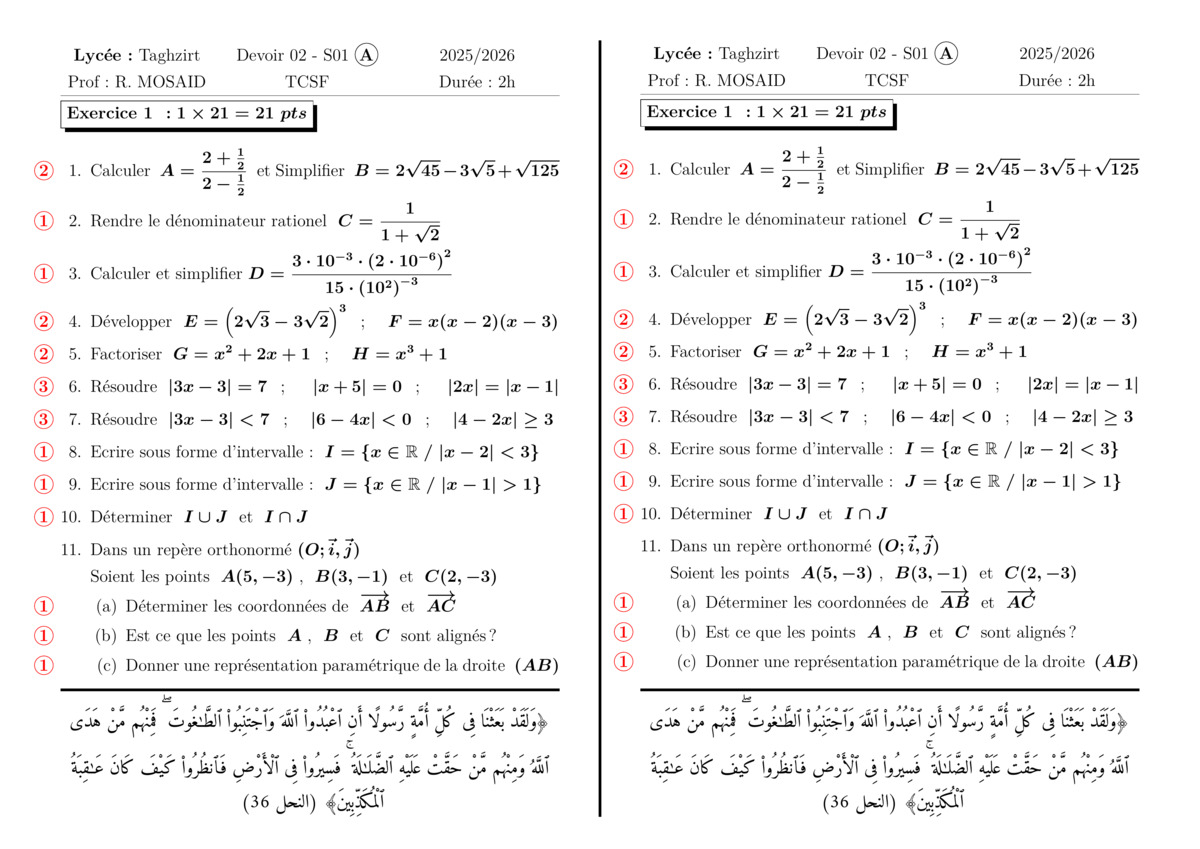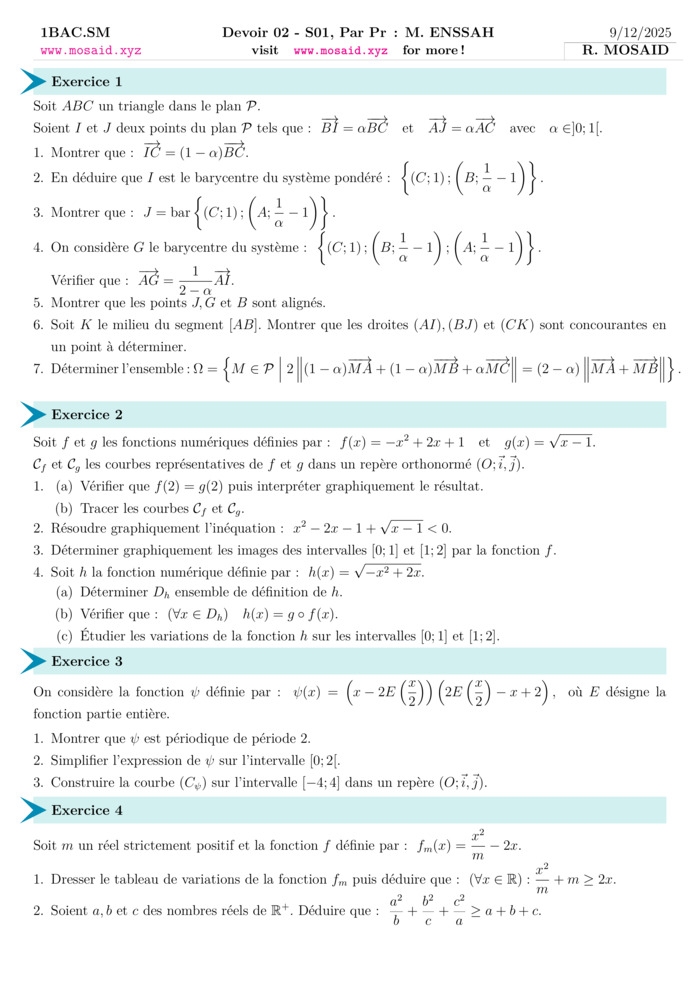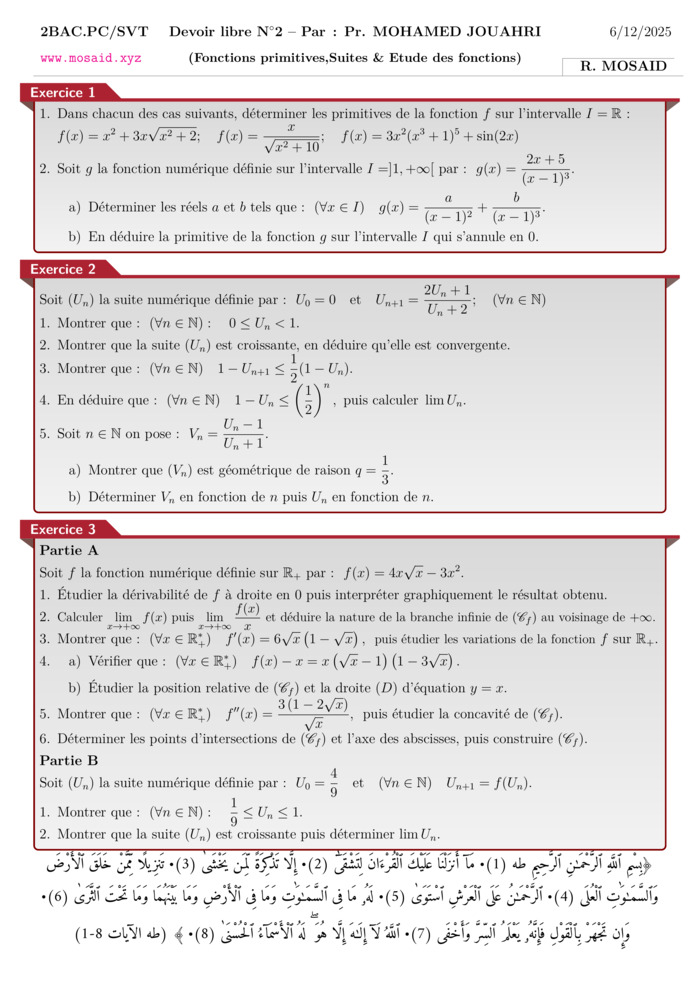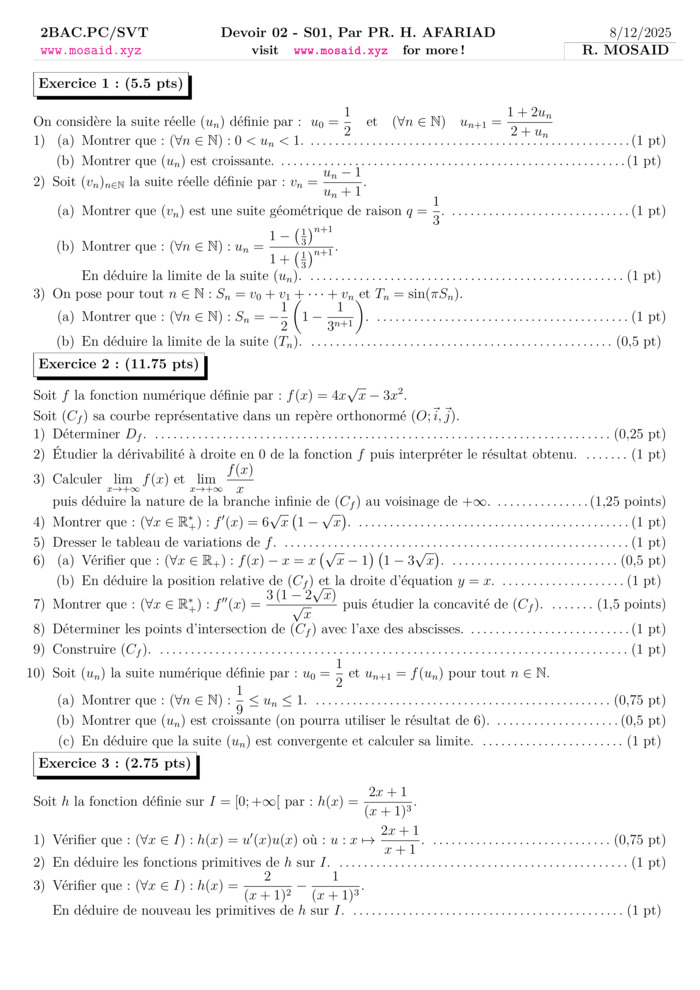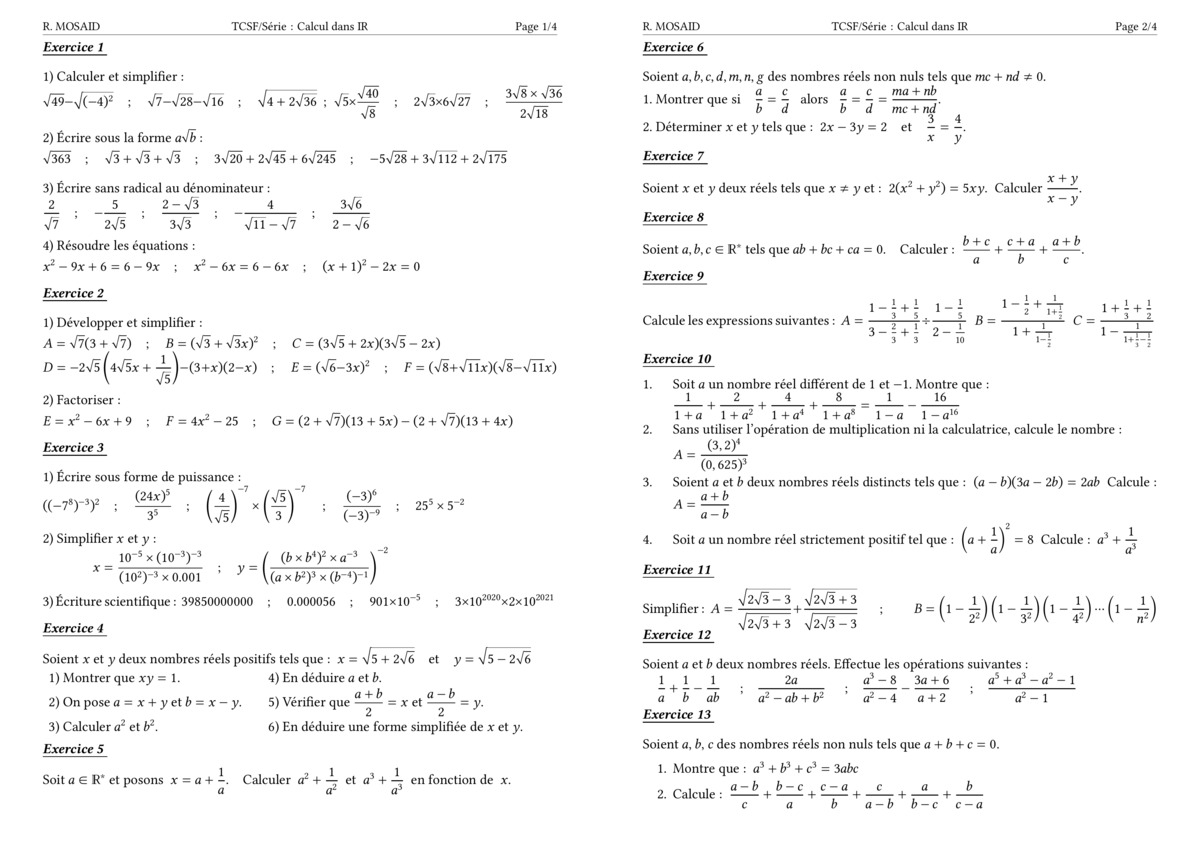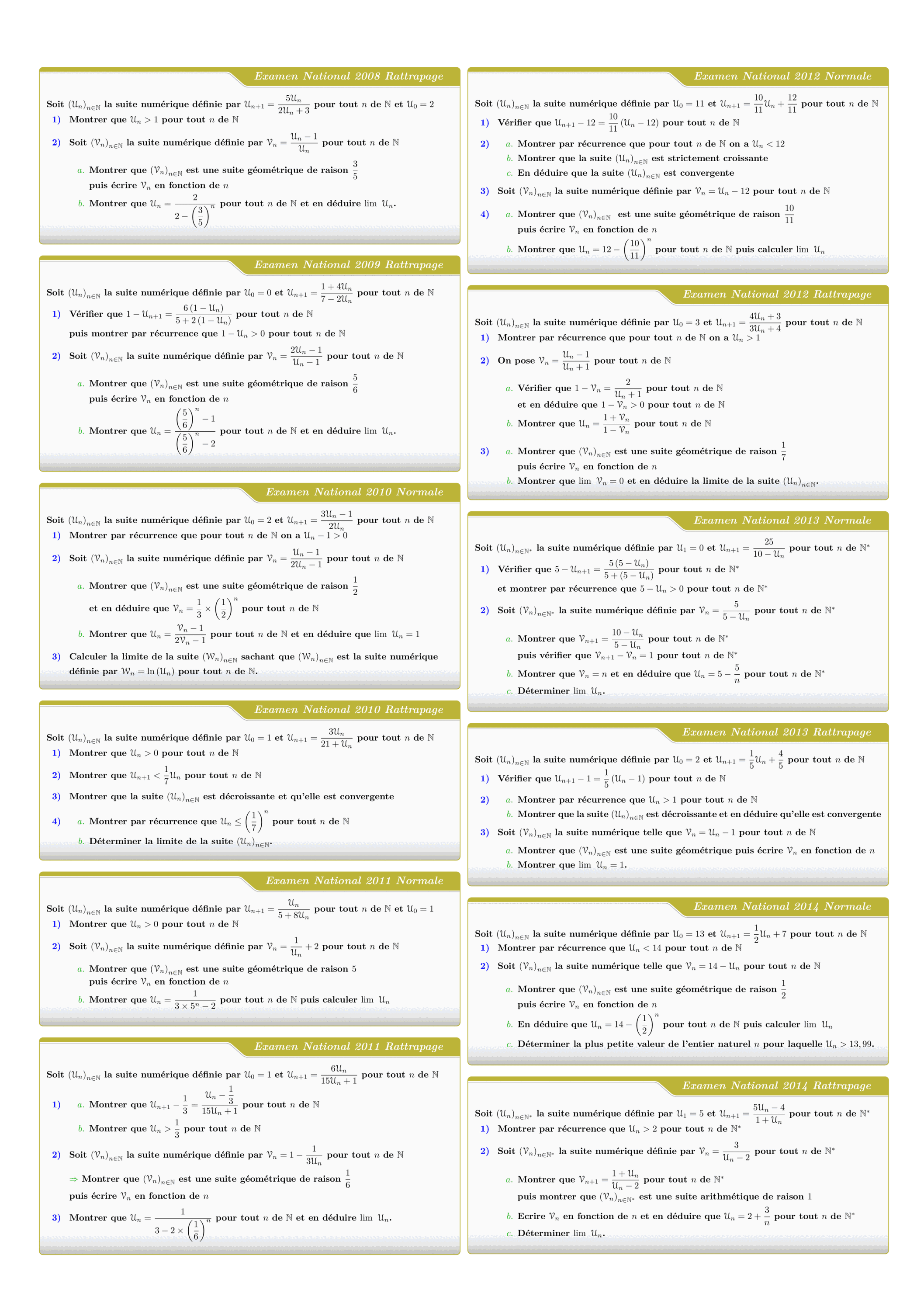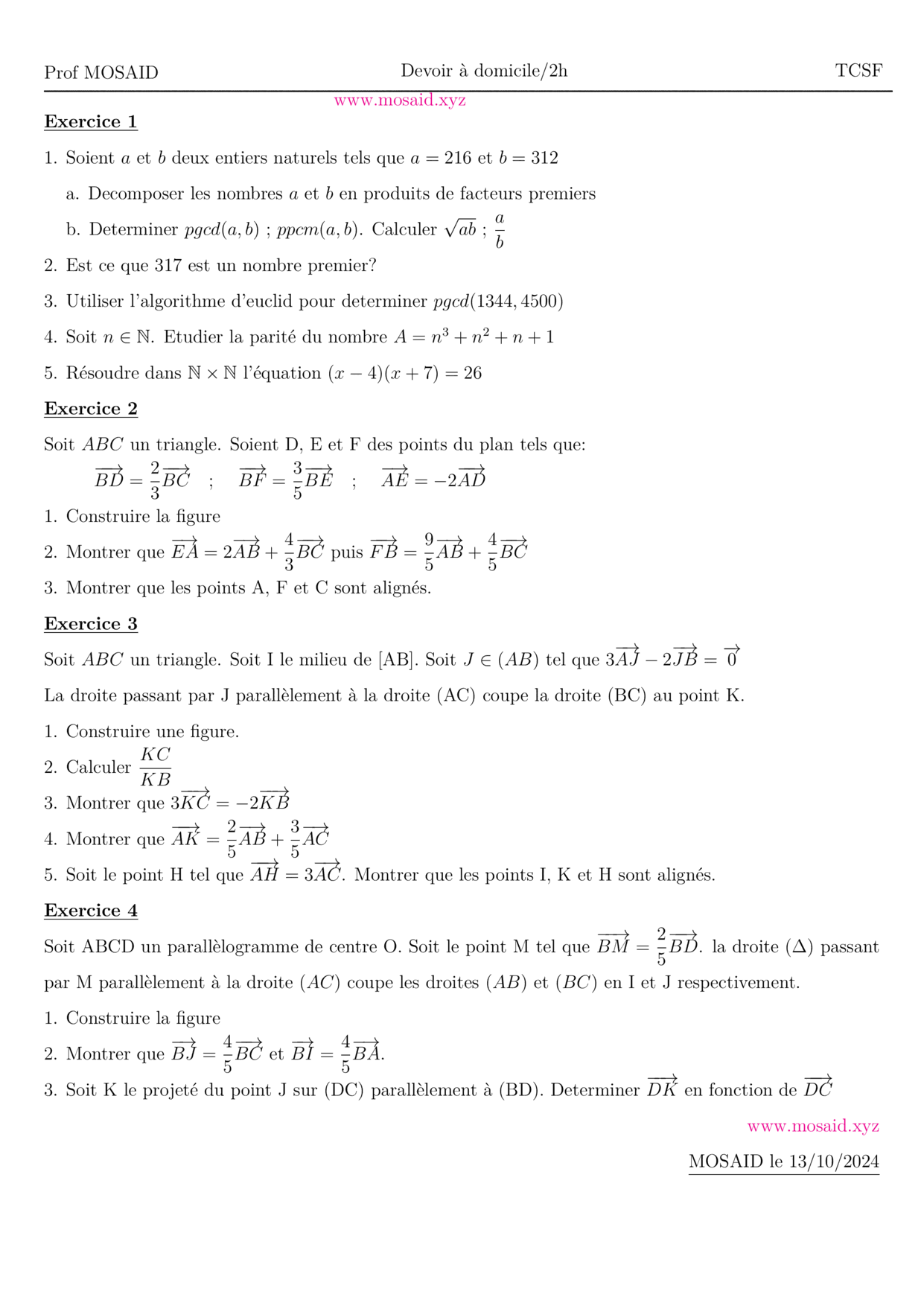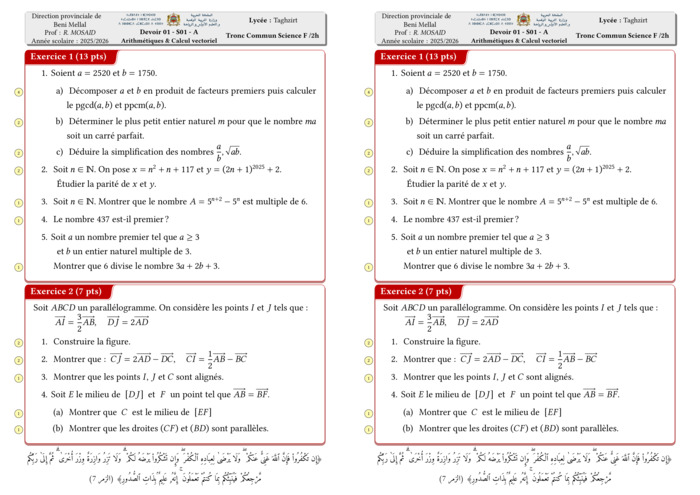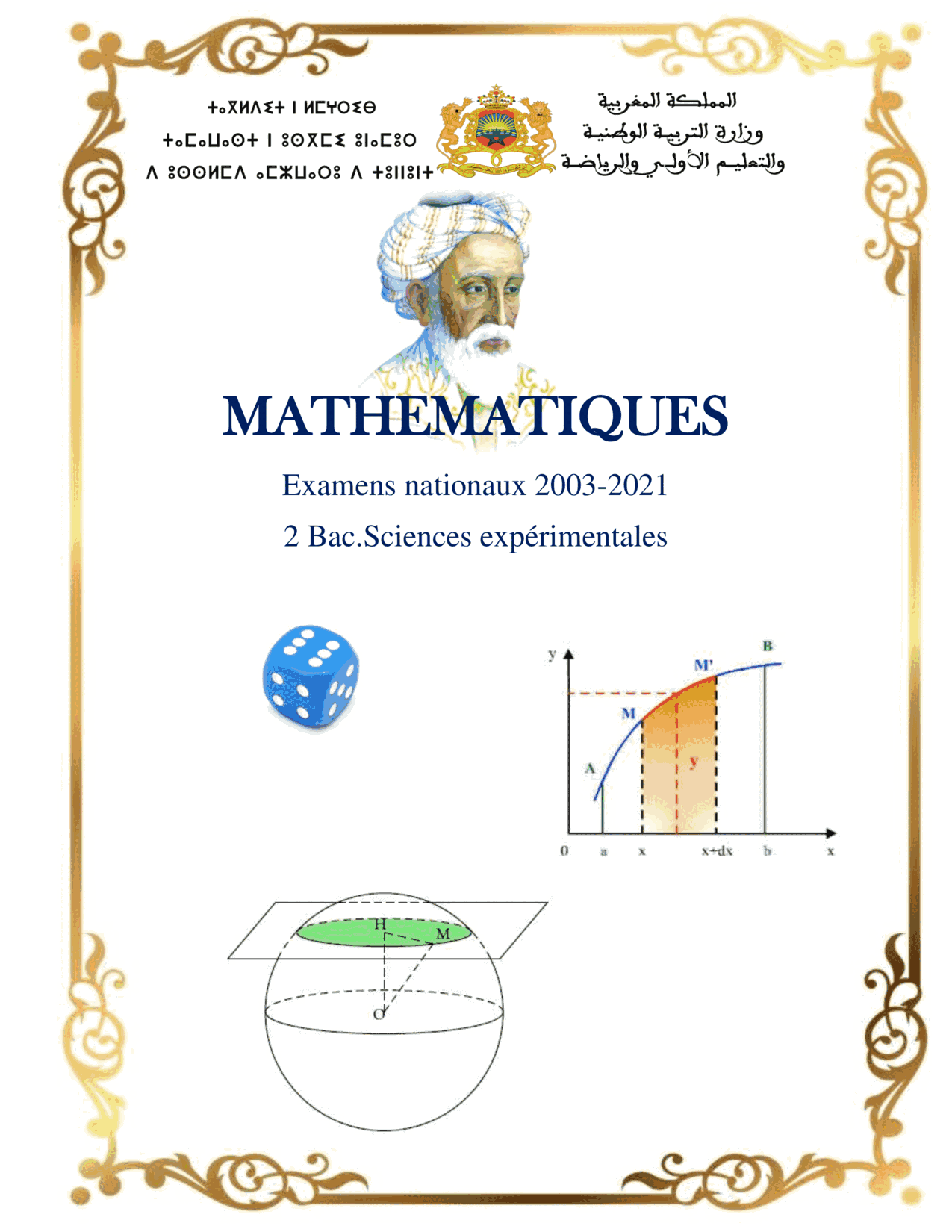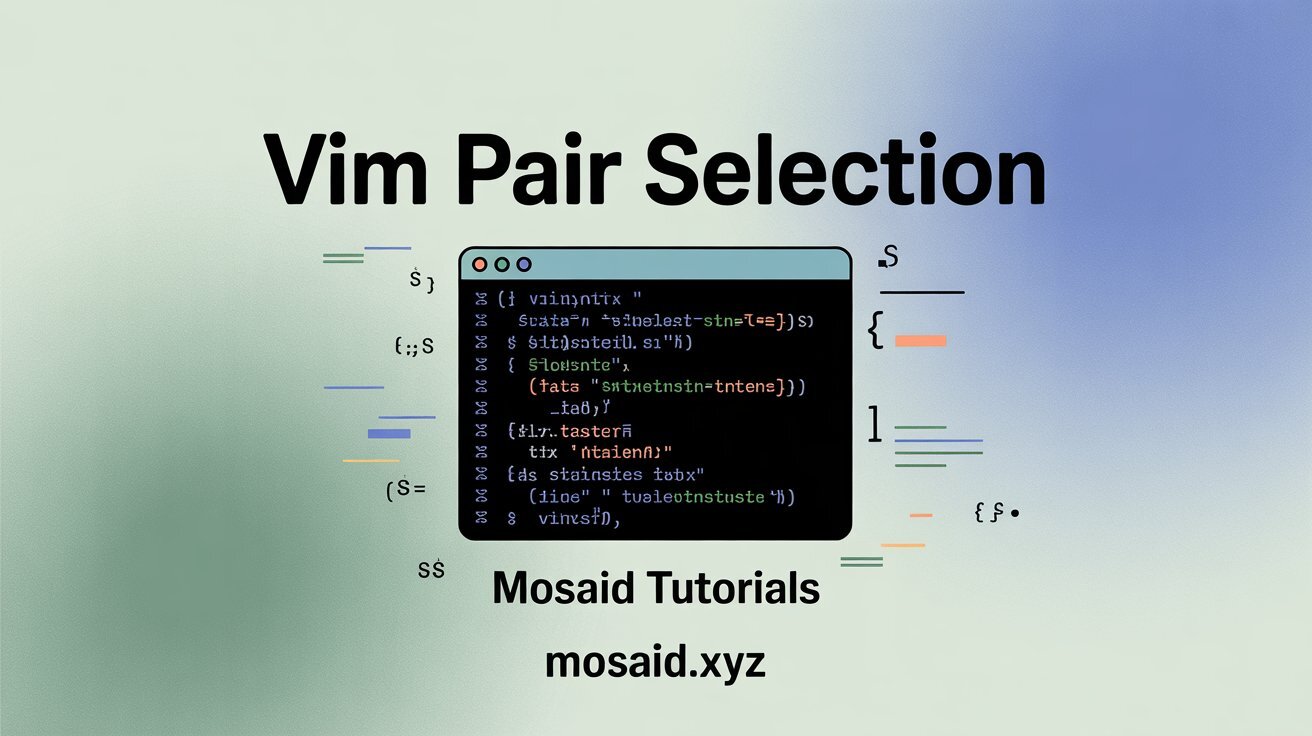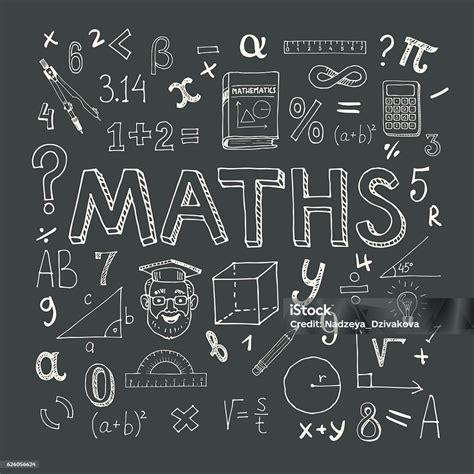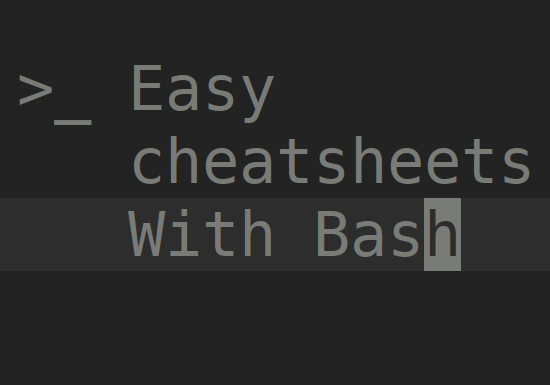Devoir 2 S02 en limites, dérivation et vecteurs l'espace v1
📅 April 15, 2023 | 👁️ Views: 366
📚 Courses Covered in This Exam:

\documentclass[12pt,a4paper]{article}
\usepackage[left=1.00cm, right=1.00cm, top=0.60cm, bottom=0.60cm]{geometry}
\usepackage{tabularx}
\usepackage{array} % added
\usepackage{booktabs}
\usepackage{ragged2e}
\usepackage{amsmath,amsfonts,amssymb}
\usepackage{graphicx}
\usepackage{tikz}
\newcolumntype{C}{>{\Centering\arraybackslash}X}
\newenvironment{mycontent}{%
\noindent\begin{tabularx}{\textwidth}{@{} lCr @{}}
%\toprule
Prof MOSAID & Control 2 -- 1BACSF-1 & 2h \\
\bottomrule
\end{tabularx}\\
\textbf{\underline{Exercice 1:(7.5pts)}}\\
\begin{tabular}{@{}>{\centering\arraybackslash}m{0.05\textwidth}|p{0.92\textwidth}}
3 & 1)- Calculer les limites suivantes: (utiliser les nombres dérivés)\\
& \hspace*{0.5cm} $\displaystyle{\lim_{x \to \pi } \frac{cosx+1}{x-\pi} }$ \hspace*{0.2cm};\hspace*{0.2cm}
$\displaystyle{\lim_{x \to 1} \frac{x^3-\sqrt{x}+2x-2}{x-1} }$ \\
& \\
1.5 & 2)- Calculer le nombre dérivé: $f(x)=x^2+3x-2$ et $x_0=3$ \\
& \\
3 & 3)- Etudier la dérivablité au point $x_0=2$
$\begin{cases}
f(x) = - \frac{1}{2}x^2+5 \hspace*{0.2cm}; \hspace*{0.2cm} x \le 2 \\
f(x) = - \frac{x+1}{x-1} \hspace*{0.9cm};\hspace*{0.2cm} x > 2 \\
\end{cases}$\\
\bottomrule
\end{tabular}\\
\textbf{\underline{Exercice 2:(8pts)}}\\
\begin{tabular}{@{}>{\centering\arraybackslash}m{0.05\textwidth}|p{0.92\textwidth}}
2$\times$4 & Calculer les fonctions dérivées des fonctions:\\
&\\
& \hspace*{0.5cm} $f(x)=3x^4-7x^2+x-7$ \hspace*{0.2cm};\hspace*{0.2cm} $f(x) = \frac{2x-3}{x+1}$ \hspace*{0.2cm};
\hspace*{0.2cm} $f(x)=\sqrt{x}cosx$ \hspace*{0.2cm};\hspace*{0.2cm} $f(x) = \frac{x^2-3x-1}{\sqrt{x+1}}$ \\
&\\
\bottomrule
\end{tabular}\\
\textbf{\underline{Exercice 3:(4.5pts)}}\\
\begin{minipage}{0.60\textwidth}
\begin{tabular}{@{}>{\centering\arraybackslash}m{0.08\textwidth}|p{0.92\textwidth}}
& Soit le parallèlogramme $ABCDEFGH$ \\
3 & 1)- Simplifier les sommes :\\
& \\
& \hspace*{0.5cm}$\overrightarrow{HG}+\overrightarrow{CB}$ \hspace*{0.2cm};\hspace*{0.2cm}
$\overrightarrow{HE}+\overrightarrow{HG}+\overrightarrow{FH}$
\hspace*{0.2cm};\hspace*{0.2cm} $\overrightarrow{GH}-\overrightarrow{FG}+\overrightarrow{GC}$\\
&\\
1.5 & 2)- Montrer que les vecteurs $\overrightarrow{BE}$, $\overrightarrow{BC}$ et $\overrightarrow{BH}$ \\
& \hspace*{0.5cm} sont coplanaires. \\
\end{tabular}
\end{minipage}%
\begin{minipage}{0.40\textwidth}
\centering
\begin{tikzpicture}[scale=1.90]
% Define the vertices
\coordinate (A) at (0,0,1);
\coordinate (B) at (3,0,1);
\coordinate (C) at (3,0,0);
\coordinate (D) at (0,0,0);
\coordinate (E) at (0,1,1);
\coordinate (F) at (3,1,1);
\coordinate (G) at (3,1,0);
\coordinate (H) at (0,1,0);
% Draw the edges of the cube
\draw (A) -- (B) -- (C); \draw[dashed] (C) -- (D) -- (A);
\draw (E) -- (F) -- (G) -- (H) -- cycle; % top
\draw (A) -- (E); \draw (B) -- (F); \draw (C) -- (G); \draw[dashed] (D) -- (H); % vertical
% Label the vertices
\foreach \vertex/\position in {A/below left,B/below right,C/above right,D/above right,E/above left,F/above left,G/above right,H/above left}
{
\fill (\vertex) node[\position] {$\vertex$};
}
\end{tikzpicture}
\end{minipage}
\vspace{1.2cm}
\\
}
\begin{document}
\begin{mycontent}\end{mycontent}
\begin{mycontent}\end{mycontent}
\end{document}
Related Courses, Exams, and Exercises
Exam PDF:
📥 Download Devoir 2 S02 en limites, dérivation et vecteurs l'espace v1 (PDF)
if you find this content helpful, Please consider supporting me with a small donation
إن وجدت هذا المحتوى مفيدا، من فضلك إدعمني بمبلغ بسيط كتبرع
Buy me a coffee — إشتر لي قهوة
PayPal.me • عبر بايبالOr bank transfer • أو حوالة بنكية
Titulaire : RADOUAN MOSAID RIB : 230 090 6501953211022000 65 IBAN : MA64 2300 9065 0195 3211 0220 0065 BIC / SWIFT : CIHMMAMC
